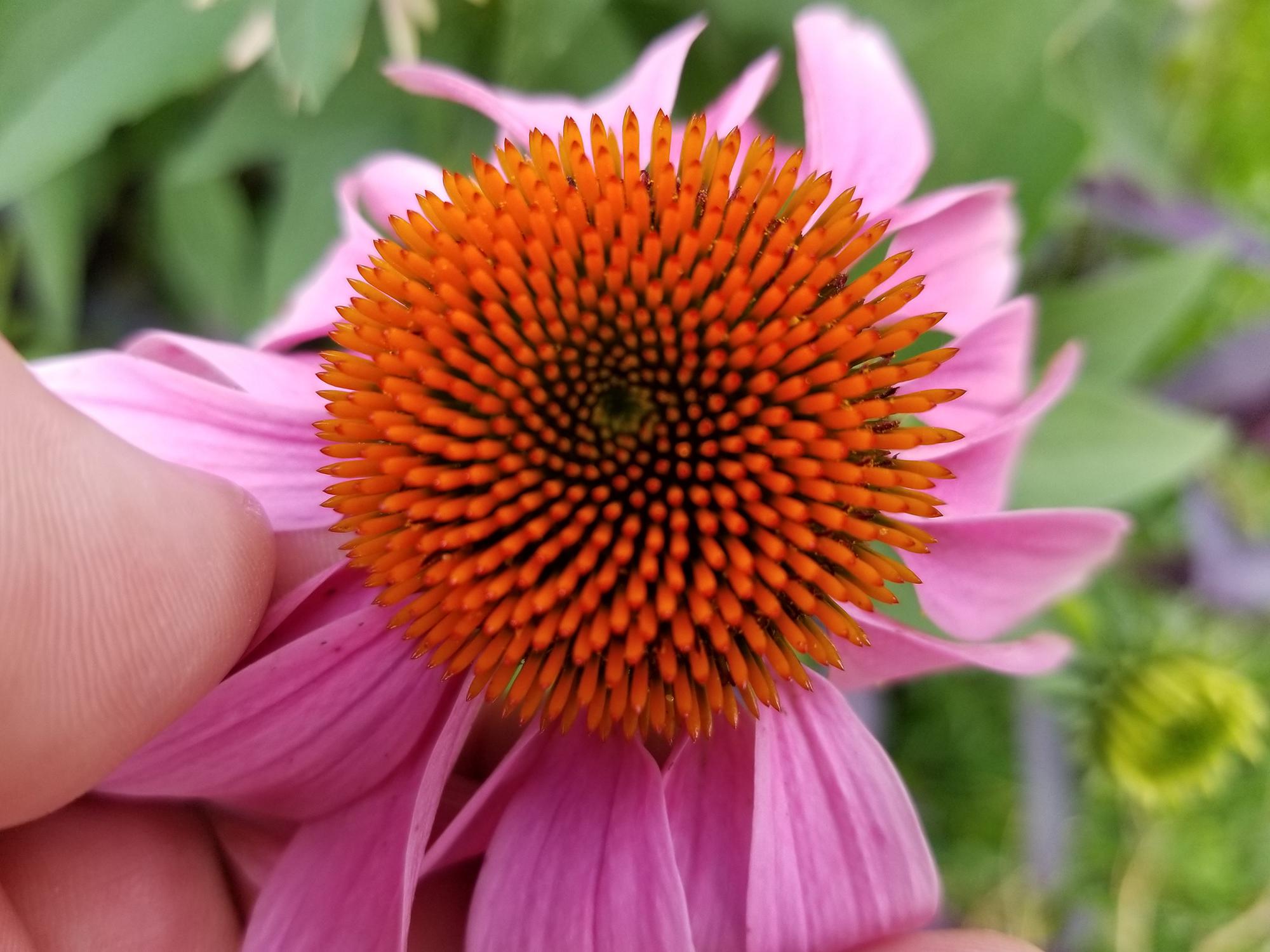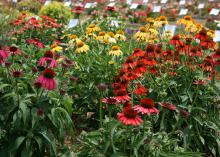Information Possibly Outdated
The information presented on this page was originally released on June 17, 2019. It may not be outdated, but please search our site for more current information. If you plan to quote or reference this information in a publication, please check with the Extension specialist or author before proceeding.
Beautiful and easy-to-grow coneflowers make them a hit
In my role as the Southern Gardener, I get to share many great plants all across Mississippi and beyond. Some are new and some are old reliables, but all get to be called my favorite landscape plants from time to time.
One thing is for sure: All of these plants are Southern Gardening Approved.
We’re welcoming the first day of summer this week, and one group of perennial flowers I look forward to is the coneflower -- the Echinacea species, to be exact.
Coneflowers have been a favorite of mine for many years. They’re my kind of garden plant because they thrive on neglect. I mean the don’t-even-look-at-them-as-you-walk-by kind of neglect.
The nine Echinacea species are native only to North America. They can be found from the Canadian provinces to the Gulf of Mexico. The species chosen most often for ornamental landscape use is Echinacea purpurea, the Eastern purple coneflower. This plant is native across most of the East.
The Eastern purple coneflower grows up to 3 feet tall and wide and has huge, 2- to 4-inch purple flowers with dark centers.
The flowers themselves are interesting. Its petals are infertile flowers that attract the pollinators. The cone contains fertile flowers where seeds are produced.
One of the first mainstream coneflower selections was Bravado. It makes a bold and sturdy landscape plant with its dramatic, reddish-purple center cone tinged in orange.
Bravado was popular because the seed was widely available. Then, one day a miracle happened. A seedling from Bravado produced white flowers. White Swan flowers are the same size and have the same plant vigor as Bravado. Together, they make an outstanding landscape combination. These old Echinacea selections are still widely available today.
A lot of effort has been put into the breeding process, and some remarkable selections hit the market every year. One of my very favorites is Pow Wow Wild Berry. This plant was selected as a Mississippi Medallion winner in 2014, and it has lived up to this award.
But coneflowers are not just purple or white anymore. For example, the all-America Selection Cheyenne Spirit has multicolored flowers featuring white, orange, yellow and red. For additional information on Echinacea, see my Mississippi State University Extension Service Publication 2690, “Purple Coneflowers for the Mississippi Gardener,” or the Southern Gardening TV segment Purple Coneflowers.
Once established, these plants are among our hardiest, able to withstand Mississippi’s hot and dry summer. Feed sparingly in the spring using a balanced, slow-release fertilizer applied at the rate of about 2 tablespoons per plant. If you prefer, you can use high-quality compost or other organic fertilizer instead of commercial fertilizer.
A coneflower’s crown is susceptible to rot conditions, which isn’t a problem in the summer. But it can become one during the cool, moist winter months. You can address this problem by planting coneflowers in raised beds, which helps keep the plant crown drier.
On the Gulf Coast, the coneflower is a tender perennial because of the cool, moist winters, so use it as an annual. Don’t get caught up in the whole annual/perennial classification. Coneflowers will flower for up four months, and I think that is a really good rate of return on that plant purchase.





